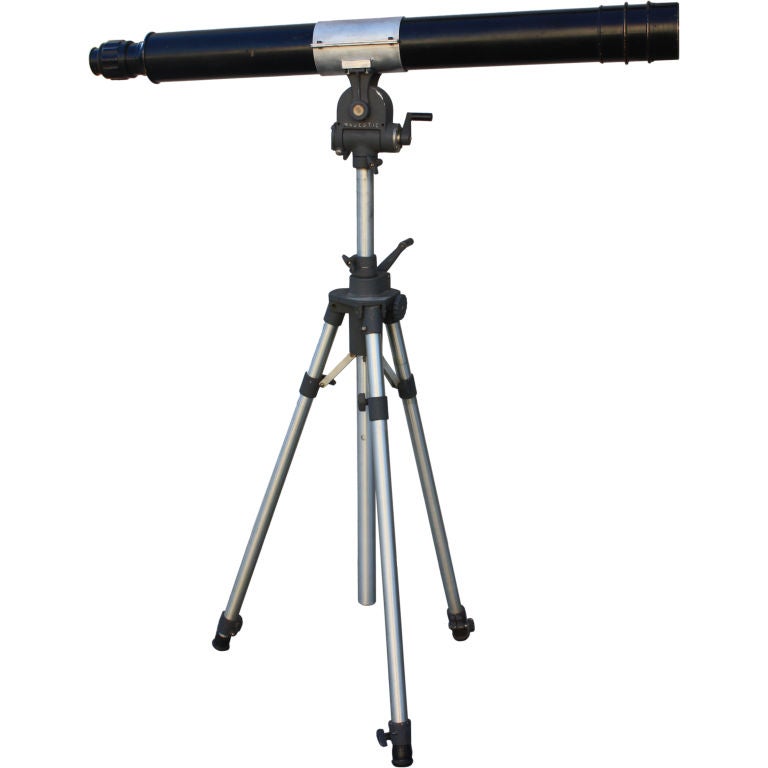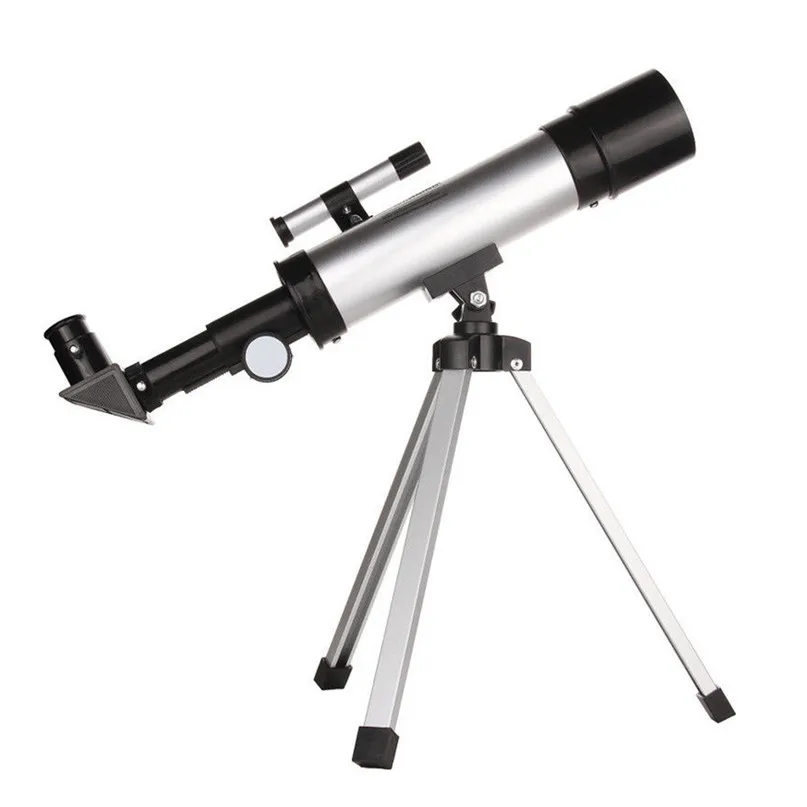

At the top end of that price bracket the mounts can also be motorized at a future date to give go-to and tracking functionality. Newtonian reflectors come into their own at the mid-price ranges, say $300 – $1000, where you’ll get a decent aperture and a good mount. If you don’t choose a Dob, you are almost certain to grab these reflector telescopes on an equatorial mount and enjoy the versatility it offers. The downside of this general use capability is they tend not to be amazing at any one thing.įor most new astronomers, this is not an issue. They can turn themselves to planetary and deep sky visual observing, as well as astrophotography when used with an equatorial mount, which is fantastic. Newtonians are the workhorse of the telescope world. The primary reflects collected light up to a secondary mirror which, in turn, focuses it towards an eyepiece mounted on the side of the telescope tube.

Named for Sir Isaac Newton, who invented the design, the Newtonian reflector works by collecting light to a mirror mounted at the end of a long tube, known as the primary mirror. The Pros and Cons of Buying a Newtonian Reflector However, in the mid ranges, you run the risk of having the worst of both worlds: smaller aperture and inferior quality glass. Refractors make great entry level scopes (where they are much cheaper) and are arguably the best telescopes at the top end of the quality scale, especially for astrophotography. As lens size increases, they quickly become expensive to manufacture, especially as the quality of glass used to make them improves. Making lenses is only cheap when they are small, which is why so many entry-level telescopes are refractors. The downside of refracting telescopes is their cost versus size. This makes higher end refractors great for astrophotography, however, these tend to be more expensive ‘apochromatic’ lenses which are generally out of budget for new starters.
#HIGH POWERED TELESCOPE PRO#
That fixed lens is a big pro for some users because, especially with higher quality lenses, there are fewer optical distortions than with mirrors. They use only a glass lens(es) to focus the light entering the telescope tube. Refractor telescopes are the only type which do not contain a mirror. Over the next few paragraphs, we look at the pros and cons of the other three different telescope models: Other types of scope either cost more for the same sized aperture – or you get a smaller aperture for the same price – because some of the manufacturing cost of non-Dobsonian telescopes goes into mounts, tracking, lens quality, etc.ĭepending on the type and quality of astronomy you wish to carry out, it can be worth sacrificing some aperture for better quality equipment. Known as ‘light buckets’ and with no frills attached, Dob’s offer just pure, unadulterated viewing power, and are often viewed as the best telescope for beginners. The first, Dobsonian telescopes, offer the most aperture for your money. Modern consumer telescopes come in four varieties. (It’s also why we can’t see much with the naked eye, out pupil’s aperture is just 5-7mm and too small to gather much light.) To see fainter objects in greater detail you need to collect more light and the way to do that is to have a bigger aperture, which is why this is usually the main consideration of a telescope purchase. Eyepieces magnify that focussed image so you can see details of faint and distant celestial objects. Aperture size is the consideration when buying a telescope!Īll telescopes work by gathering in light and focusing it to a point. A Telescope’s Aperture is the Most Important ElementĪmateur astronomers consider light gathering power above all else.

Click this link to open a new tab and discover your perfect model. If you’d like more detailed help, use our telescope picker. Over the next few paragraphs, we make it easier to understand the pros and cons of each type of scope. A poor user experience can put you off astronomy before you’ve even begun, which is why we’re keen to deliver expert telescope reviews.

This does not alter the price that you pay.Ĭhoosing the best telescope in 2022 for your needs is no easy task, especially when you’re new to astronomy. If you make a purchase after clicking a button on this page, we may receive a small commission. Click the button for today’s price, or the ‘Full Review’ link to see why we recommend these models.


 0 kommentar(er)
0 kommentar(er)
